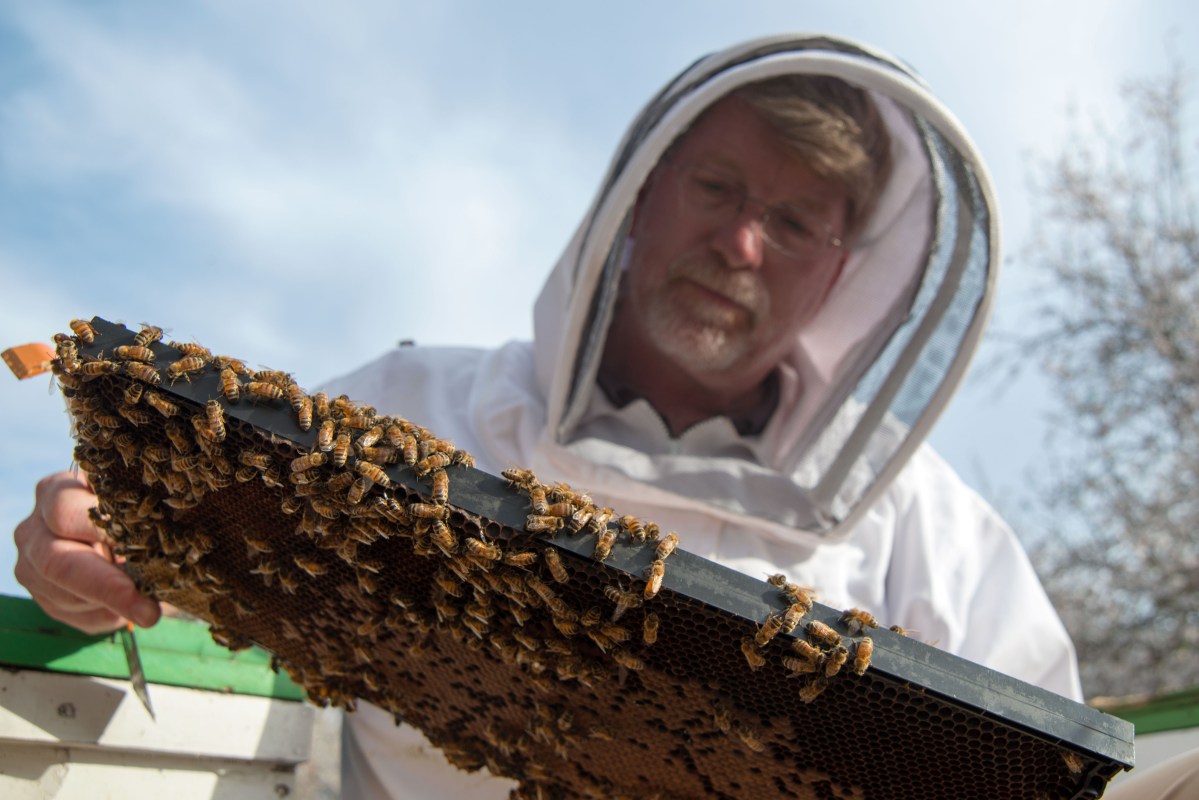Every February, 1.2 million acres of almond trees in California’s Central Valley don’t get pollinated without the help of honeybees, who happen to love almond flowers. But though California produces 80 percent of the world’s almonds, there aren’t enough bees to pollinate them. So, every year farmers have to ask bee keepers to bring their boxes west, with each acre of almond trees needing at least two hives. As a result, every winter, 2.5 million colonies—about two-thirds of the commercial honeybee colonies in the entire country—are packed into a few California counties.
But in January 2017, disaster struck when more than 700 hives—worth up to one million dollars—were stolen in a single night. It was clearly the work of professionals, as no normal criminal would think to steal bees, let alone have the equipment or know-how to pull it off. Bloomberg writes that what sounds like a bad Hollywood movie—a group of people in white suits and beekeeper hoods stealing hives in the fog—is now a small but growing niche of agricultural crime in an era where colony collapse disorder has made the insects increasingly threatened. And for three years in a row, large bee colony thefts have shaken the industry down to its honeycombs.
Thanks for reading InsideHook. Sign up for our daily newsletter and be in the know.


















